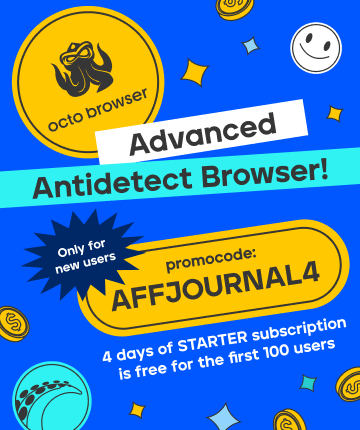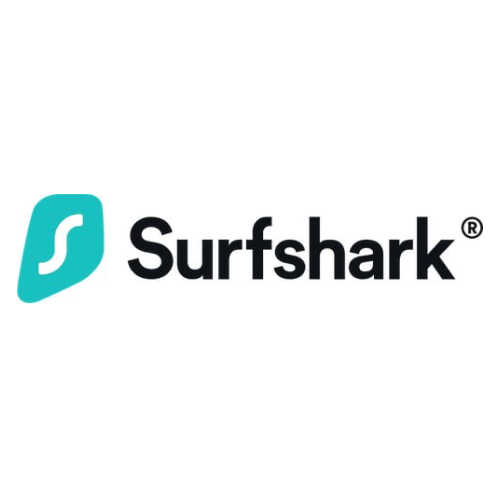

by Editor
Sooner or later, when working with Facebook, you will come across its ban machine. What to do in this case? Is it worth trying to pass the verification or is it better not to waste your time and just take new accounts? If we are talking about farm, logs or rental accounts, then the answer is definitely “worth it”. On such accounts, the probability of successfully passing the verification is higher, and in the future they will have more trust. Below we will tell you what types of bans are, why they are given and how to work with them further.
P.S. In order not to guess what type of ban is on your account, connect the extension to your anti-detect browser FB Acc Status Plugin.

Policy: advertising policy violation
Policy - these are any violations of the rules of the site's advertising activities. There can be many reasons for this type of ban, the main ones are: non-unique creatives, triggers in the ad text, lost trust domains, bad FanPage history. But there could be many more reasons.
Algorithms can issue two types of bans for Policy:
- Campaign ban – when only one ad is not allowed to show, while all the others continue to work. In this case, it is enough to simply delete the campaign and launch a new one, avoiding possible triggers;
- Account ban – when the site completely restricts access to the possibility of creating advertising.
In the second case, you can try to remove campaigns or specific ads that could have caused the ban, launch a neutral ad, for example, promote a post on FanPage, and then write to technical support with a request to unblock your account. In the text, it is important to describe the problem you encountered and indicate that the ban was probably issued in error.

Under Policy you will see a small red padlock under the account name
Prohibition of advertising activities
The ban on advertising most often occurs after the launch of the campaign. In most cases, to remove the restriction, you need to attach a photo of the page owner's documents. Most often use a passport or driver's license. Since the verification is done by AI, you can upload any documents with a photo. Here is a pool of templates, download it, it will definitely come in handy.
The main reasons for the ban:
- login from one IP and browser to different accounts;
- a sharp increase in the advertising budget;
- having friends with a banned account;
- advertising of prohibited goods and services;
- lack of activity for a long time;
- the contact details of the linked bank card differ from those specified in the profile;
- complaints from other users.
When working with PSD templates, keep in mind that it is better if the country of the document and the account are the same and be sure to replace the metadata of the document before uploading it for review.

When advertising is banned, you will have such a big red plate
Check on the photo, aka “selfie”
A photo check, also known as a “selfie”, requires you to attach a photo of the account owner taken on the front camera for verification. The main reasons for the ban:
- lack of activity for a long time;
- the contact details of the linked bank card differ from those specified in the profile;
- login from one IP and browser to different accounts;
- suspicious user behavior;
- complaints from other users.
Mini life hack: go to Instagram and use hashtags to look for pictures where people brag about getting a passport, residence permit, passing on rights, etc. Often the pictures are close-up and suitable for our purposes.

Risk payment
This type of ban can be obtained both directly when working with an active campaign, and when linking a payment card. It matters not only what cards we use, but also how we bind them. The main reasons for the ban:
- lack of resting and warming up before binding the card;
- insufficient trust accounts;
- currency and country that you specify when linking;
- non-trust cards, proxies and other consumables.
It is worth mentioning that if Risk Payment arrives to you immediately at the time of launch, then the problem should be looked for in consumables, if it arrives within the first minutes after launch, then the root of the problem lies in insufficient account trust.

In order to pass the Risk payment, you need to fill out this ticket. In some cases, it’s enough just to edit the ad a little and try again or click “try again” several times, and tracking can also help.
Eternal ban
By the name, it is probably already clear that it is impossible to get out of this type of ban. You can get an eternal ban for multiple violations of the rules of the site or when you reach the maximum number of attempts to pass other types of blocks. At this stage, there are no other solutions but to move on to working with a new account.
Editorial comment AffJournal
In conclusion, we remind you that when working with Facebook, accounts are just consumables that need to be considered in the budget. It is better to treat bans as working moments, and always measure your time and financial costs for their passage. Otherwise, we wish you fewer bans and more successful bays.

by Editor



comments ....(0)
Leave a comment
You must be in to leave a comment